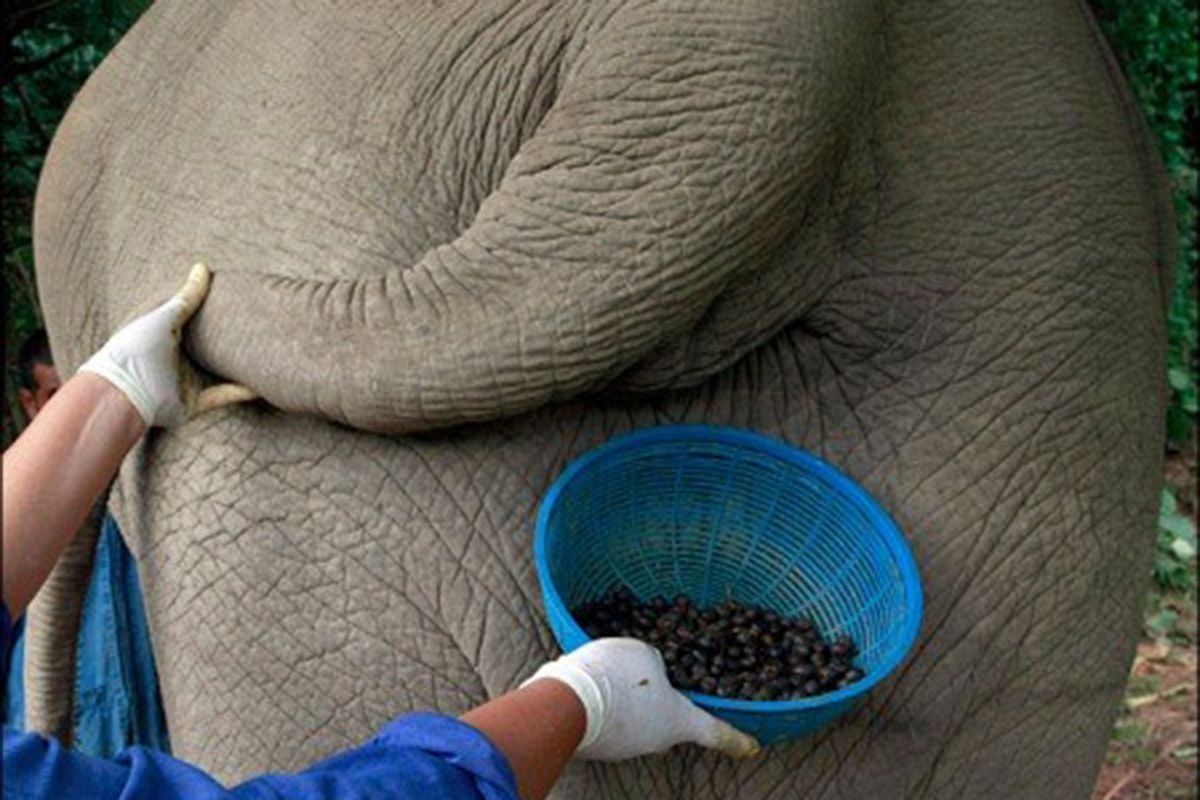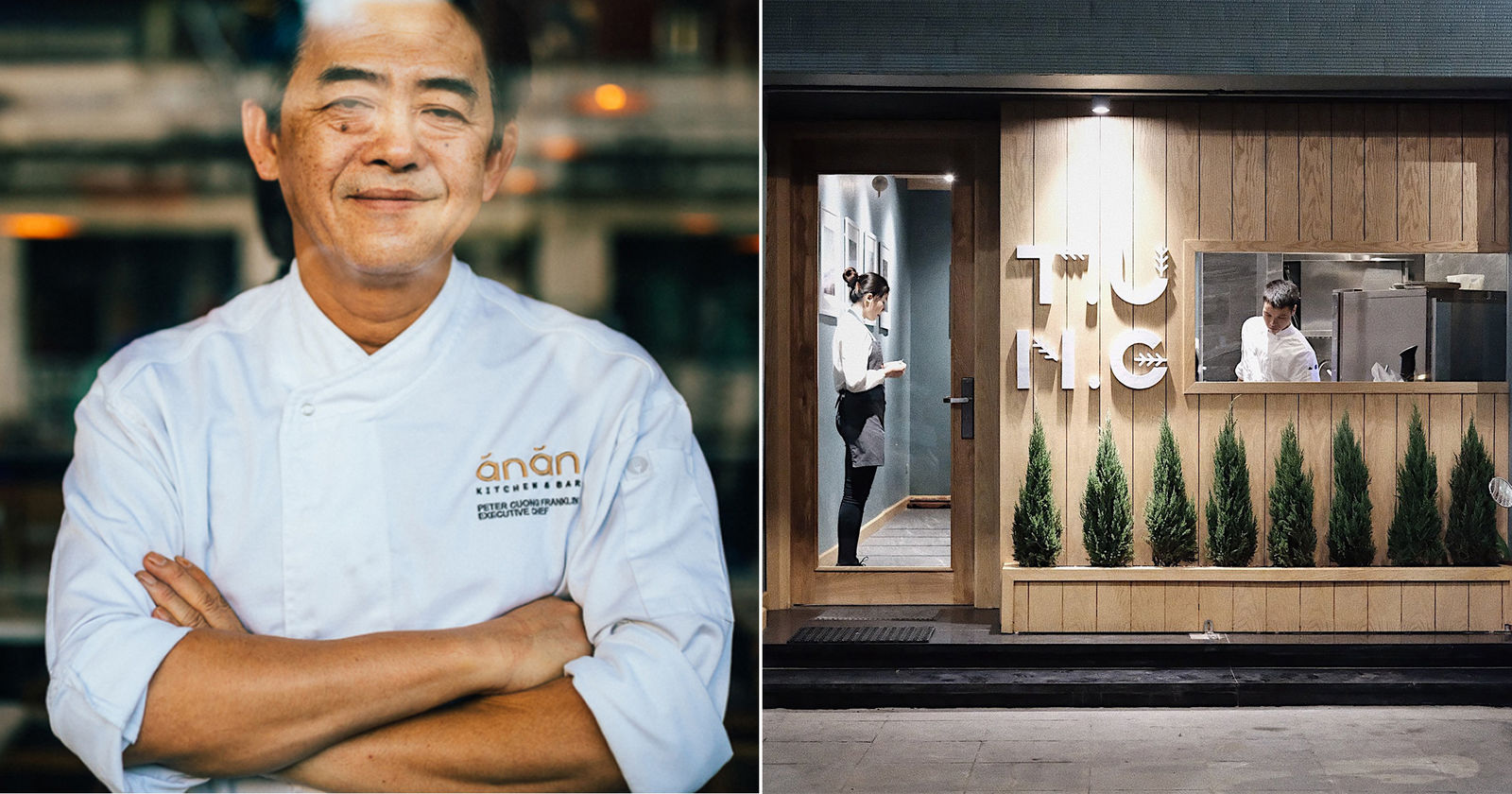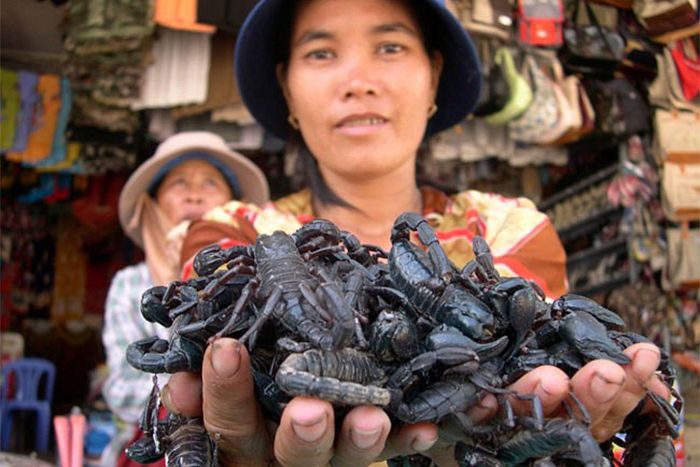Journalist Elisabeth Rosen recently penned an interesting piece on fake dog meat (giả cầy), examining its role in Vietnam’s culinary history and its growing popularity as Western media and increased pet ownership are beginning to influence the way Vietnamese people view the real thing.
Related Articles:
- Dog Thief Beaten to Death by Angry Mob
- Fleeing Scene, Dog Thieves Shoot And Kill 3 In HCMC
- Profits and Contradictions: Inside SE Asia’s Dog Meat Trade
Writing for The Atlantic, Rosen travelled to Hanoi to better understand the dog meat-eating culture in Vietnam, its traditional role and how the younger generation’s relationship with the meat is changing.
Her piece digs deep into the history of dog meat and the psyche of those who eat it and is well worth reading in its entirety.
One of the more interesting findings in Rosen’s article is the growing popularity of giả cầy, or fake dog meat. Unlike much of the “fake” meat available in Vietnam, this is not a vegetarian dish made to mimic the texture, flavor shape of the original. At giả cầy restaurants, dog is replaced by a mix of pig feet stewed in an aromatic broth of turmeric, galangal, shrimp paste and fermented rice.
While the copycat dish originated in the North long ago, (Rosen writes that “giả cầy may have served as a substitute for dog meat from the very beginning.”), according to The Industry of Marrying Europeans by the northern Vietnamese author Vu Trong Phung,
“Sometimes, when there was none available, people would try using another type of meat and spices (usually pork and galangal) to imitate the flavor of dog meat (giả cầy). For the dog-meat connoisseur, giả cầy was a bad substitute for the real thing.”
These days, dog meat is readily available due to a thriving black market characterized by theft and ensuing mob violence.
However, demand for the meat which currently stands at around 5 million dogs each year, seems to be waning.
“Many young people don’t eat dog because they think it’s uncivilized—especially in cities, where we have a lot of options that are tastier than dog. They’re also influenced by Western media,” said one Hanoian.
Others find that keeping a canine pet precludes them from enjoying the dish.
“I can’t eat dog because I think about my puppy’s face,” said a customer at a popular Hanoi giả cầy restaurant.
[Image via colachuoi]














